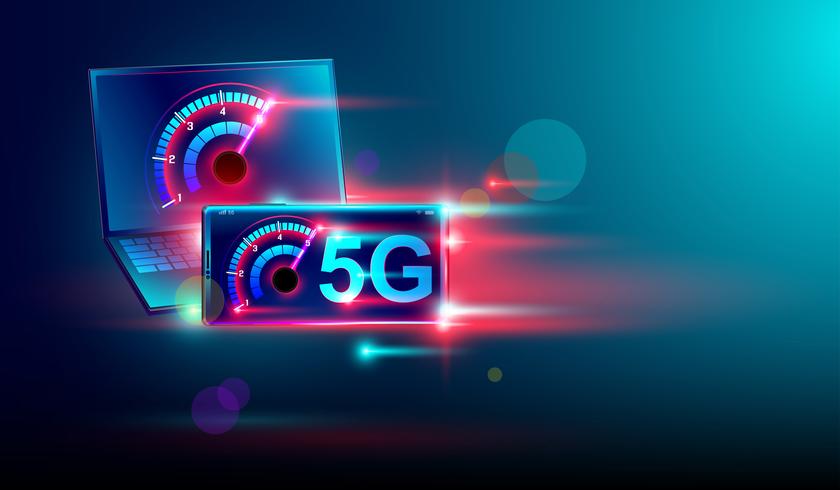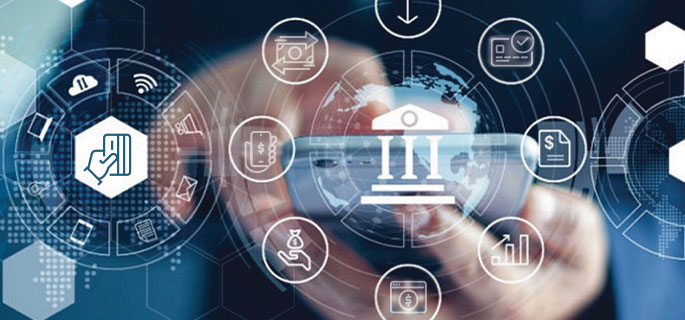Loading…. Don’t you hate it when that happens? It seems our tech-expectations are growing faster than the internet’s capability itself. Darn you Moore’s Law! Of course, us 90’s babies have had it relatively easy, being brought up with some revolutionizing concepts like the internet of things. Through the click of our fingers, we can have just about anything. ‘Alexa play me some music’, ‘let’s have a zoom call’, ‘Tesla park my car for me’: the unthinkable has become the new reality. How can such systems live up to our ever-increasing standards?
5G presents an opportunity for the transformation of information and communication technology. Globalization has already led to the world being more connected than ever. Global connectivity is not limited to people, but applications, operational systems, and platforms such as Google maps tóó, require connectivity to operate fully across the world. Their usability and adoption have grown extensively, in line with our dependency on such applications. 5G, as the new generation of global wireless networks, has been designed to connect virtually everyone and everything (Duffy, 2020). With an immense impact on communication capacity, connectivity, and speed, it promises to take IoT to a whole new level. PWC (2020) found 5G can hold up to 10,000 times more traffic, and 10 times more capacity than its predecessor 4G. Besides this, it has a latency of less than 1ms, making real-time responses possible (PWC 2020).
With such prospects, applications and systems can become a lot more reliable, as instant response and greater capacity enhance user experience drastically. Such improvements are crucial for shared economy platforms like Felyx for example, who often rely heavily on speed, capacity, and (perceived) reliability.
Digitization of the world as we know it is rapidly increasing. This comes with benefits, as the apps we cannot live without, are constantly becoming faster, easier, and more widely used. However, there have been some significant safety concerns regarding technologies like 5G. Its electromagnetic radiation could potentially be a health hazard, and though lacking conclusive evidence, it has even been linked to causes of cancer (BBC 2019). As the realization of 5G networks is nearing, only time will tell whether such radiation really does come with health risks.
What do they say again, for every upside there’s a downside..?
References
BBC, 2019, Does 5G pose health risks?, BBC, viewed 8 October 2020, <https://www.bbc.com/news/world-europe-48616174>
Duffy, C 2020, What is 5G?, CNN Business, viewed 8 October 2020,
<https://edition.cnn.com/interactive/2020/03/business/what-is-5g/index.html>
PWC, 2020, What Does 5G Mean for Telecom?, PWC, viewed 7 October 2020,
<www.pwc.com/us/en/industries/tmt/5g/telecom.html>


